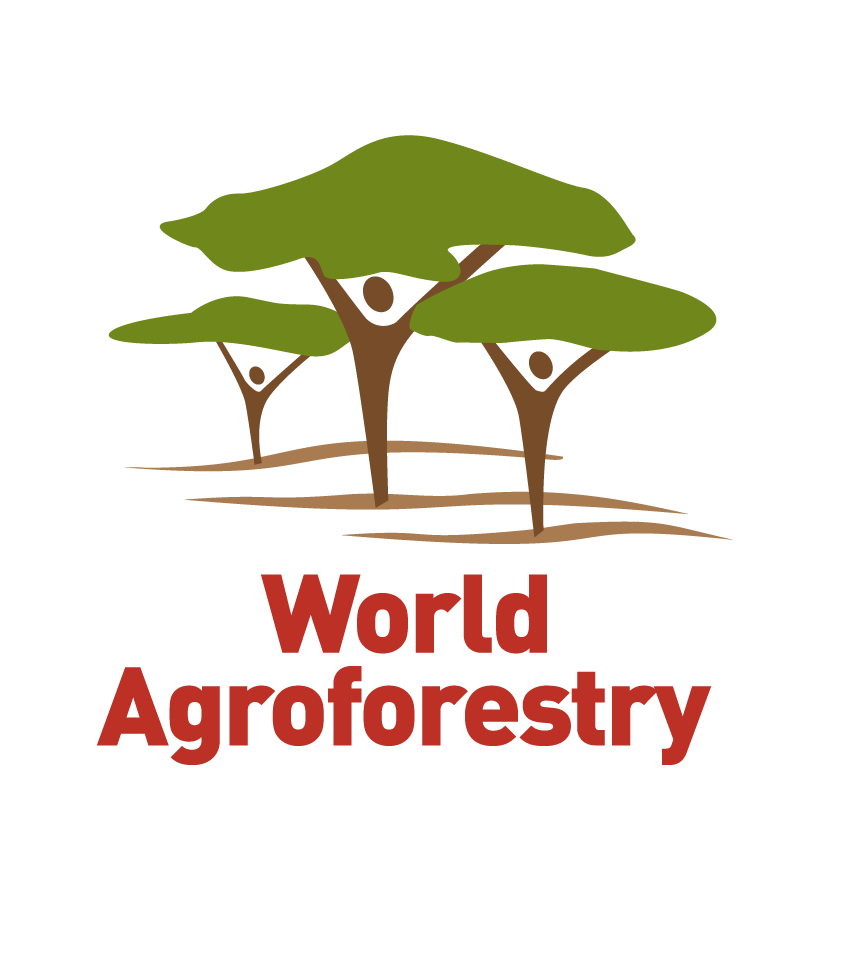Local names:
Spanish (mesquite,huizache,espino negro,espino jiote,espino blanco)
Acacia pennatula is a thorny legume to 12 m, rarely exceeding 8-10 m in height. Bole straight rarely more than 25 cm in diameter. Twigs armed with pairs of short stout stipular spines, 1-1.5 cm long. Leaves bipinnate with numerous minute leaflets, 1-3 mm long. Flowers yellow globose heads on yellow velvety peduncles, fragrant. Pods variable in length from 4.8-12.8 cm; oblong or linear in shape containing, 8-seeded, pod weight unrelated to variation in pod shape. The species belongs to a complex of closely related species that include A. cochliacantha and A. macrantha. Two subspecies pennatula and parvicephala are recognized based on pubescence and inflorescence traits. The native name ‘huizache’ is derived from the Nahuatl word for ‘thorn’ or ‘spine’ huitztli, and ixachi, meaning thorns in great amount. The generic name ‘acacia’ comes from the Greek word ‘akis’, meaning point or barb.
Ecology
A. pennatula is sparsely distributed in dry habitats, often occurring in association with pine and oak and is a characteristic element in very extensive areas of dry subtropical mattoral vegetation and in dry thorn scrub forest. Its frost resisting attribute accounts for its successes in subtropical trials at Himachal Pradesh, India. The species is regarded as a highly invasive ‘weedy’ species threatening pasturelands.
Native range
Colombia, El Salvador, Mexico, Venezuela
Tree management
Coppices well and this makes it suitable for management of woodlots.
There are between 15 000-18 000 seeds/kg. The hardness of the small round seed allows it to be stored for long periods with little viability loss, provided it is kept dry and cool. The hardness of the seed makes manual scarification by nicking as a seed pretreatment difficult.
A. pennatula is sparsely distributed in dry habitats, often occurring in association with pine and oak and is a characteristic element in very extensive areas of dry subtropical mattoral vegetation and in dry thorn scrub forest. Its frost resisting attribute accounts for its successes in subtropical trials at Himachal Pradesh, India. The species is regarded as a highly invasive ‘weedy’ species threatening pasturelands.
Use of seeds is the easiest method of propagation. The spread of the plant is encouraged by the free cattle feeding on the pods during the dry season; after passage through the animal the seeds remain in the dung ready to germinate soon as the rains start.
A. pennatula is a hardy, frost resistant species with potential use in dry habitats.
Erosion control: Its spreading root system is valuable in erosion control.
There are few reports on regular human consumption of flour made from the pods or seeds of this plant.
Produces indehiscent seed pods commonly eaten by livestock. The pods have high protein (15%) and fiber content and are low in tannins. These attributes make them appropriate as fodder for fattening either as principal or as supplemental feed. In many areas ranchers simply release the livestock into the pastures (huizachales) during the season of ripe pod production.
Commonly used as a source of fuel and charcoal.
Timber: A. pennatula is a source of building materials, particularly fence posts however these have to be replaced every 3-5 years.
Shade or shelter: Grown along with coffee in plantations. Large trees provide shade to animals.
Tannin or dyestuff: Tannin can be extracted from the bark.
Medicine: The bark is used as a remedy for indigestion.
Nitrogen fixing: Fixes nitrogen.
Commonly used as fence posts
Soil improver: Improves physical properties of the soil.
